10 Essential Tips for Your First Ice Fishing Trip
Ice fishing combines the thrill of angling with the serene beauty of winter landscapes, offering a unique outdoor experience that attracts adventurers and fishing enthusiasts alike. For beginners, however, stepping onto a frozen lake can seem intimidating—even dangerous—without proper preparation. Your first ice fishing expedition requires more than just standard fishing knowledge; it demands specialized equipment, safety awareness, and techniques specific to cold-weather conditions. This guide will walk you through ten essential tips to ensure your inaugural ice fishing trip is safe, enjoyable, and potentially successful. From selecting the right location to staying comfortable in freezing temperatures, these recommendations will help transform you from a novice to a confident ice angler.
Prioritize Safety Above All Else

Regarding ice fishing, safety isn’t just a precaution—it’s a necessity that could save your life. Before venturing onto any frozen body of water, verify that the ice thickness measures at least 4 inches for walking and at least 8-12 inches if you plan to drive a small vehicle. Always carry ice picks or screwdrivers attached to your person, which can provide a crucial grip to pull yourself out should you break through the ice. Additionally, never ice fish alone, especially as a beginner, as having a partner increases safety and provides assistance in emergencies. Consider wearing a personal flotation device under your outer layers as an extra precaution, particularly in early or late season when ice conditions can be unpredictable.
Invest in Proper Ice Fishing Gear
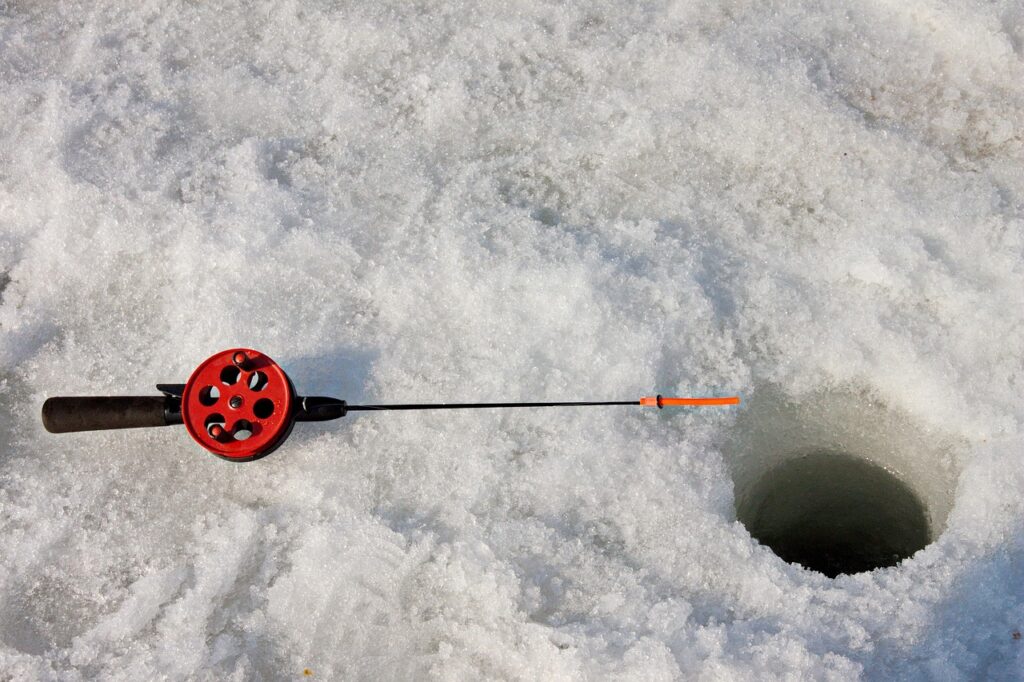
The right equipment makes all the difference between an uncomfortable struggle and an enjoyable outing. Start with an ice auger—either manual or powered—to drill your fishing holes efficiently. Short fishing rods designed specifically for ice fishing provide better control and sensitivity when jigging in confined spaces. Specialized ice fishing reels, often with built-in line counters, help manage your presentation in deep water. For tackle, invest in ice-specific jigs, spoons, and live bait rigs that are designed to work effectively in cold water where fish metabolism slows significantly. Don’t forget essentials like an ice scoop to keep your holes clear of slush and ice fragments that can interfere with your fishing.
Dress in Proper Layers for Arctic Conditions

Surviving—and thriving—in freezing temperatures requires strategic layering that balances insulation with moisture management. Begin with a moisture-wicking base layer that keeps sweat away from your skin, followed by an insulating middle layer like fleece or wool that traps warm air. Your outer layer should be windproof and waterproof, protecting you from elements while allowing perspiration to escape. Pay special attention to extremities: insulated, waterproof boots rated for sub-zero temperatures; thermal socks (preferably wool); waterproof, insulated gloves; and a warm hat that covers your ears. Many experienced ice anglers recommend mittens with fingerless gloves underneath, allowing dexterity for handling equipment while maintaining warmth when not actively fishing.
Research Your Fishing Location Thoroughly

Choosing the right lake or pond significantly influences your ice fishing success, particularly as a beginner. Seek water bodies known for active winter fishing, preferably with species that remain active under ice, such as perch, crappie, bluegill, or walleye. Research depth maps to identify structure—underwater points, drop-offs, and weed beds—where fish concentrate during winter months. Local bait shops provide invaluable information about current hotspots, recommended depths, and effective bait choices for specific species in your area. Online fishing forums and ice fishing reports can also offer recent first-hand accounts from other anglers, potentially saving you hours of unproductive drilling and searching.
Master Basic Ice Fishing Techniques
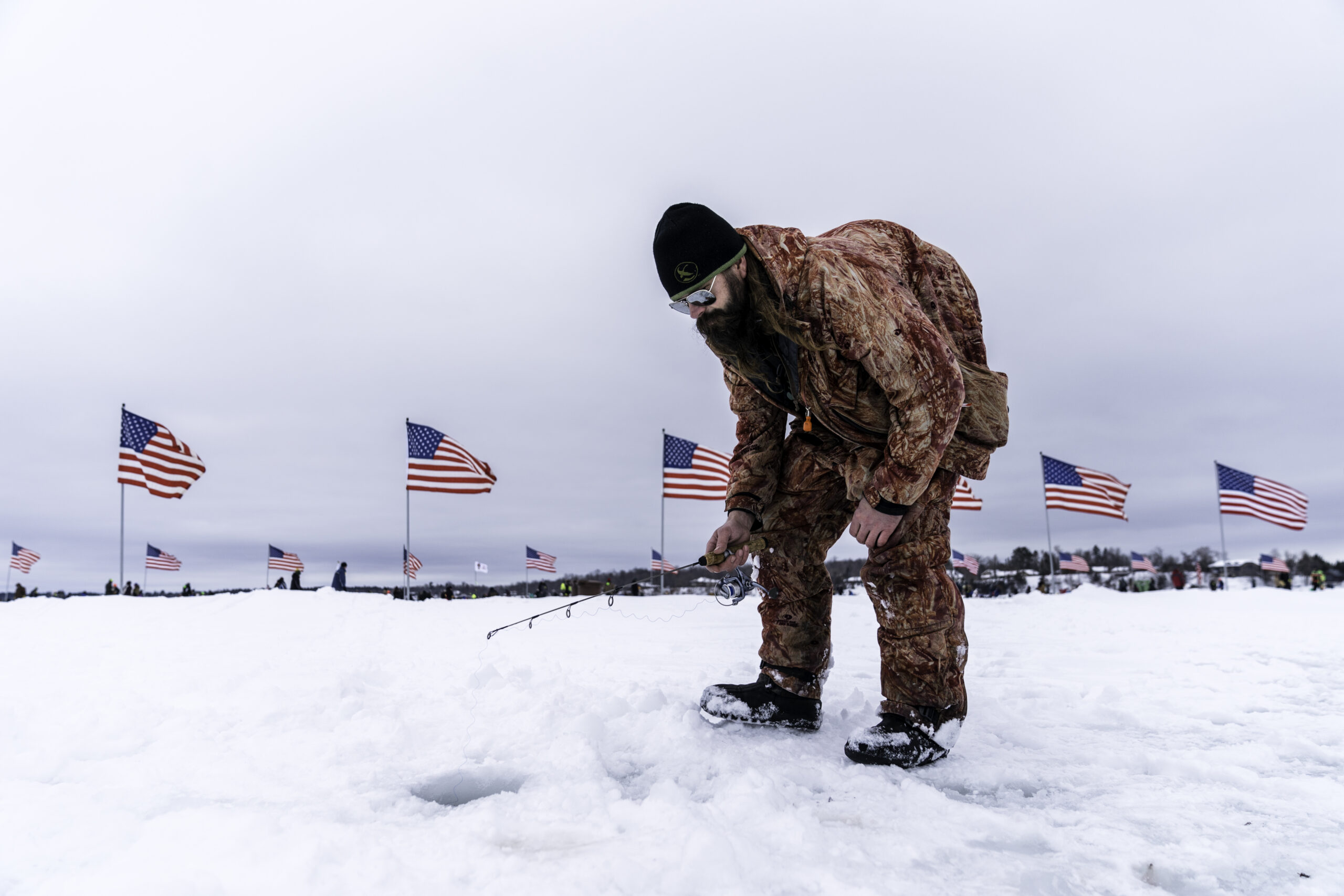
Unlike open-water fishing, ice fishing requires specialized approaches to entice lethargic cold-water fish. Learn the art of jigging—the gentle up-and-down motion that gives life to your bait and attracts curious fish. For beginners, start with subtle movements, lifting your jig just 6-12 inches and letting it flutter down, as aggressive jigging often spooks winter fish. Understand the concept of “dead sticking,” which involves setting up a second rod remaining motionless while you actively jig with another, giving fish multiple presentation options. Watch your rod tip carefully for the subtle bites typical in ice fishing, which might appear as merely a slight bending or twitching rather than the dramatic strikes of summer fishing.
Consider Shelter Options for Extended Comfort
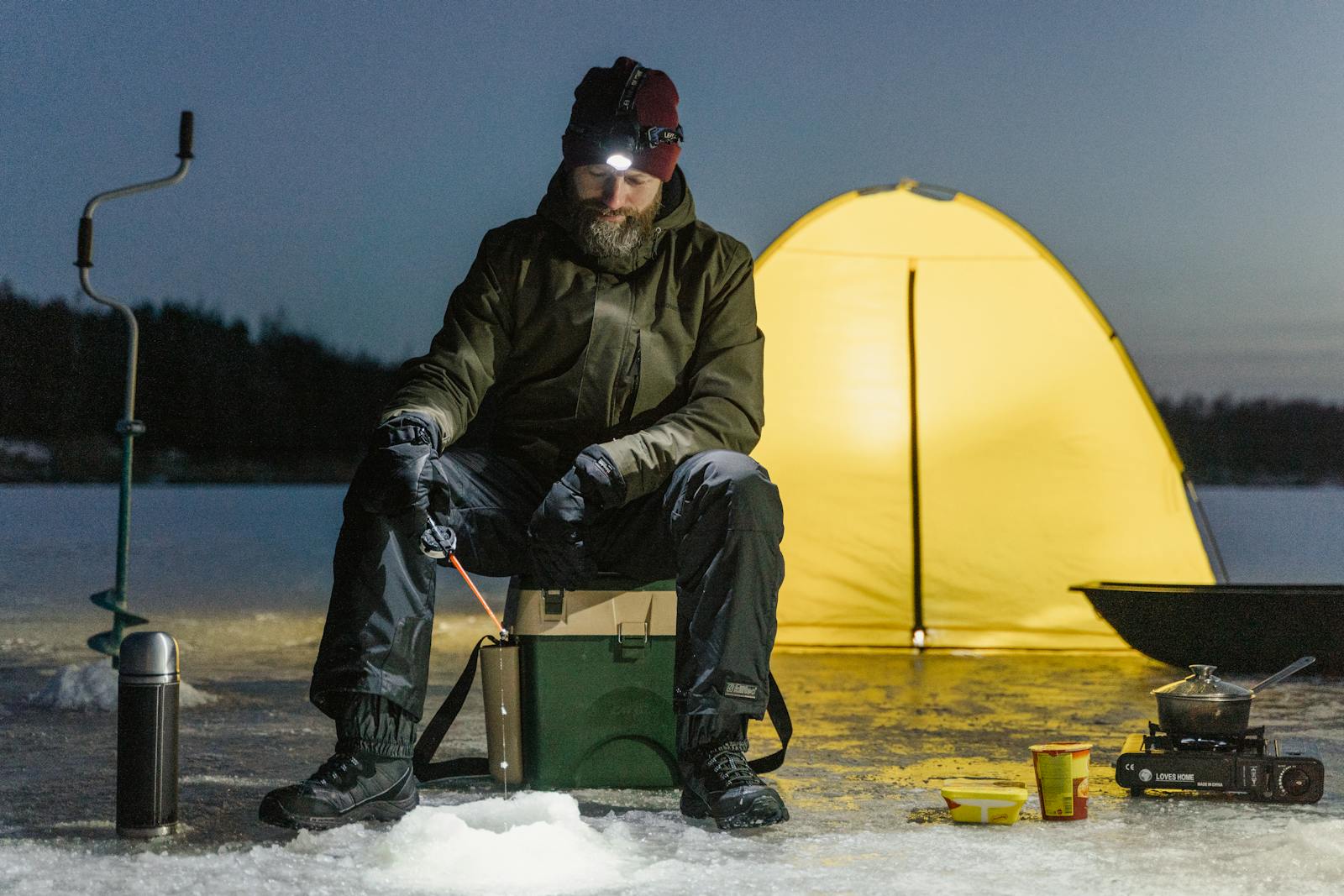
While short fishing sessions might be manageable in the open air, a proper shelter dramatically extends your comfort and, consequently, your fishing time. Portable ice shelters range from lightweight flip-over styles for solo anglers to larger hub-style shelters accommodating groups. These structures not only block wind, nd which significantly amplifies the chilling effect, hill—but also create a microclimate that can be 20-30 degrees warmer than outside temperatures, especially when combined with a portable heater. Shelters also provide darkness that improves visibility into the water, allowing you to watch fish approach your bait in clear conditions. For beginners, consider renting or borrowing a shelter before investing to determine which style suits your needs.
Pack Essential Food and Hydration

Maintaining energy and hydration proves surprisingly challenging in winter conditions, yet remains crucial for both enjoyment and safety. Your body burns significantly more calories staying warm in cold environments, requiring substantial caloric intake during all-day fishing sessions. Pack high-energy, easily consumable foods like trail mix, jerky, sandwiches, and energy bars that can be eaten with gloves on. Hot beverages in insulated containers provide both hydration and core warming benefits—consider bringing soup, hot chocolate, coffee, or tea. Avoid alcohol despite its warming sensation, which usually accelerates heat loss by expanding blood vessels near the skin surface and impairing judgment in potentially dangerous situations.
Understand Winter Fish Behavior
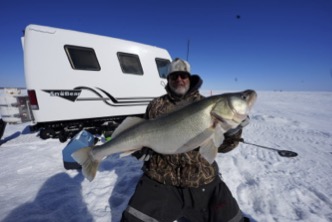
Fish behave differently under ice, and understanding these patterns dramatically improves your catch rate. In midwinter, most species become less active, feeding opportunistically rather than aggressively hunting. Fish typically concentrate in predictable areas: panfish often school in deeper basins or suspended over structure, while predators like pike and walleye frequently patrol the transitions between shallow and deep water, especially during dawn and dusk. Water temperature stratification under ice means different species may inhabit different depth ranges, with some preferring the slightly warmer water near the bottom. Learning to interpret your local species’ winter patterns transforms random drilling into strategic placement, maximizing your chances of success.
Bring Ice Fishing Electronics If Possible
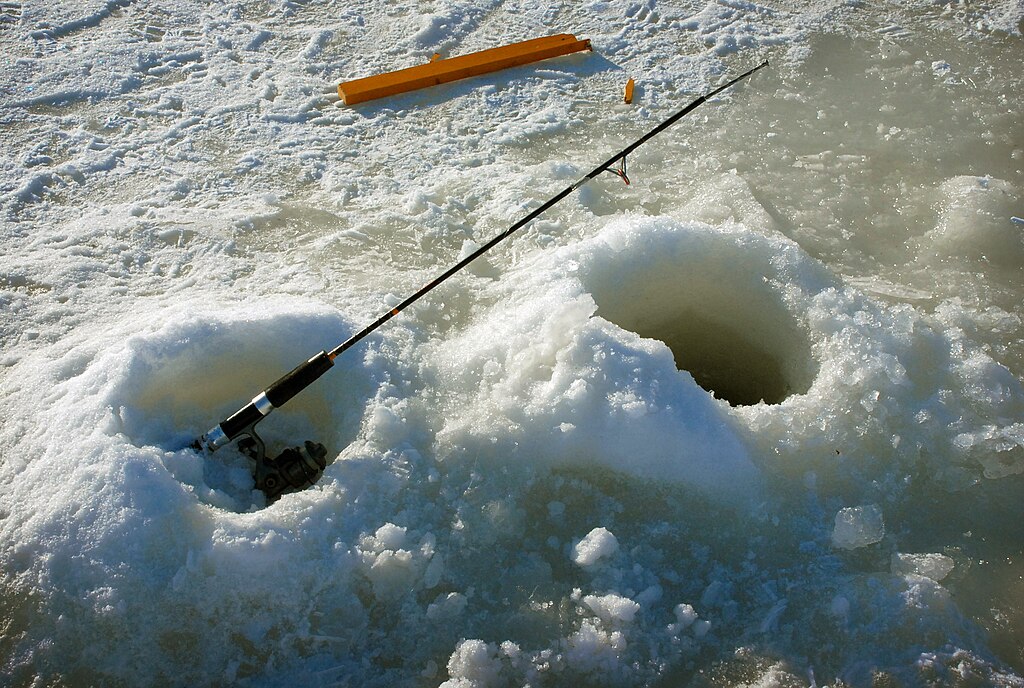
Modern ice fishing has been revolutionized by portable electronics that eliminate much of the guesswork for beginners. Sonar flashers or fish finders designed for ice fishing display real-time information about depth, bottom composition, and fish presence directly below your hole. These devices allow you to see your jig and approaching fish simultaneously, helping you adjust your presentation based on how fish react. Underwater cameras provide visual confirmation of species and behavior, particularly useful in clear water. While not necessary for beginners, even basic electronics dramatically accelerate the learning curve by providing immediate feedback about what’s happening beneath the ice, turning mysteries into valuable educational experiences.
Prepare for Emergencies and Unexpected Situations
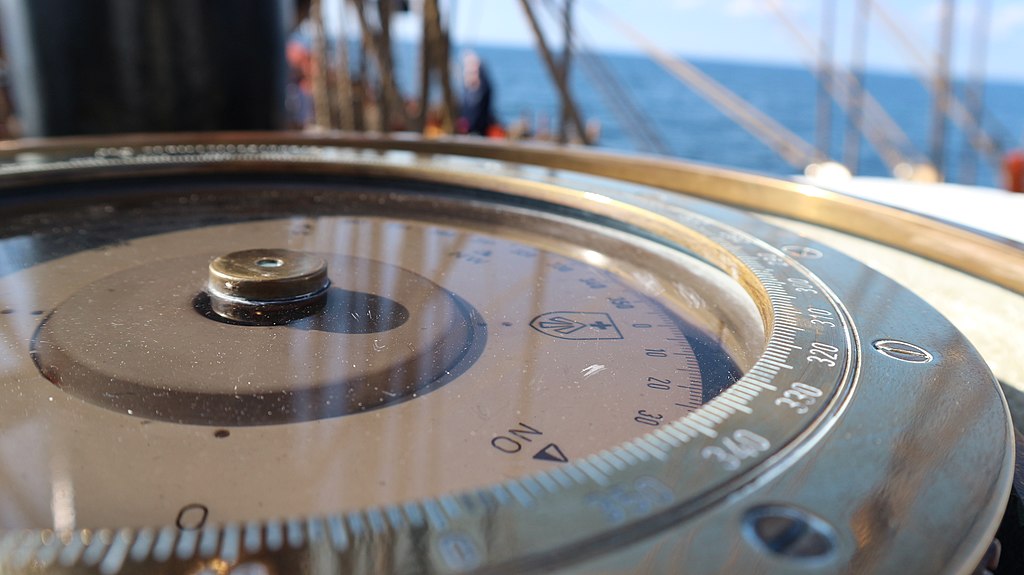
Remote winter environments leave little margin for error, making emergency preparedness non-negotiable. Carry a fully charged cell phone in a waterproof container kept close to your body to prevent battery drain from cold. Pack basic first aid supplies, including hand warmers, an emergency blanket, and basic medical supplies for cuts or minor injuries. Bring navigation tools like a GPS or compass, especially when venturing onto large lakes where visibility can change rapidly with snow squalls. Include basic repair tools for equipment malfunctions—spare auger blades, multi-tool, duct tape, and zip ties can solve many common issues. Always inform someone not in your group about your fishing location and expected return time, establishing a clear check-in procedure.
Join the Ice Fishing Community

The ice fishing community offers an invaluable resource for beginners that can dramatically shorten your learning curve. Consider hiring a guide for your first outing, as their expertise provides not just fishing success but crucial safety knowledge specific to local conditions. Attend ice fishing workshops or demonstrations frequently offered by outdoor retailers or conservation organizations during the winter months. Online forums and social media groups dedicated to ice fishing in your region provide real-time information about conditions, productive areas, and effective techniques. Many experienced ice anglers willingly share knowledge with respectful newcomers, recognizing that safety awareness benefits the entire community.
Practice Conservation and Respect for Resources
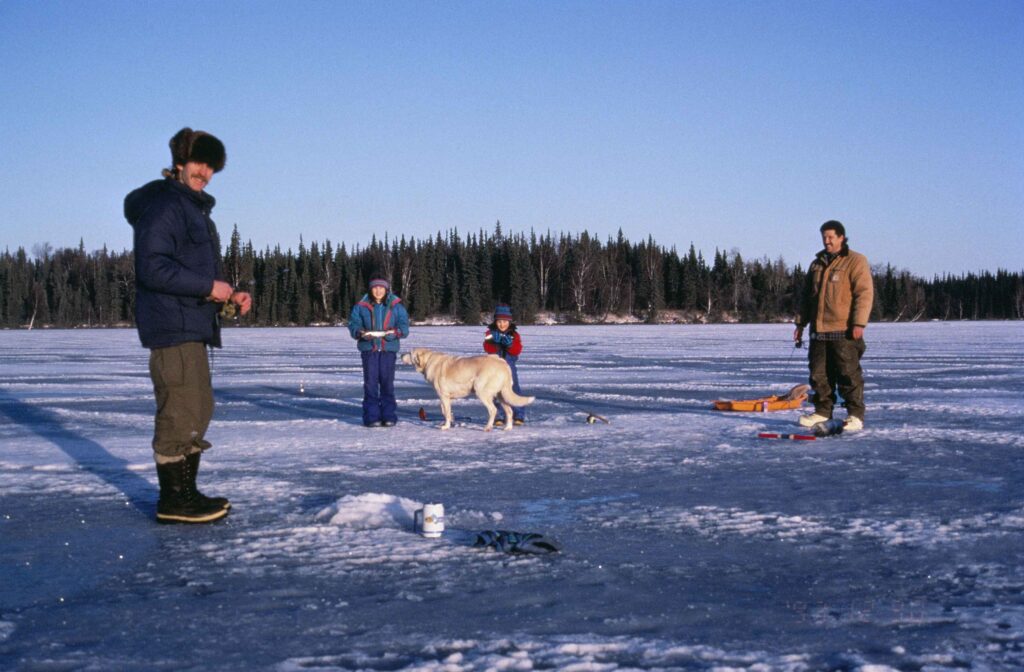
Responsible angling ensures sustainable ice fishing opportunities for future generations. Familiarize yourself with local fishing regulations, which often include specific winter season limits and restrictions that may differ from open-water rules. Practice selective harvest by keeping only what you’ll realistically consume and releasing larger breeding-size fish when appropriate. Clean up all trash, including discarded line, bait containers, and food wrappers that can harm wildlife or create hazards when the ice melts. Consider the environmental impact of shelters and equipment, avoiding chemical spills from augers or heaters that can contaminate water. Supporting conservation efforts through license purchases and habitat improvement organizations helps maintain healthy fisheries for continued enjoyment.
Conclusion

Your first ice fishing adventure represents the beginning of a potentially lifelong winter passion that combines outdoor appreciation, fishing knowledge, and community connection. By prioritizing safety, investing in appropriate gear, and learning from experienced anglers, you’ll create a foundation for successful trips throughout the hardwater season. Remember that ice fishing rewards patience and persistence—even experienced anglers occasionally face challenging days. Focus on the complete experience: the pristine winter landscape, the camaraderie of sharing a shelter with friends, and the unmatched tranquility of lakes transformed by ice. With these essential tips as your guide, you’re well-prepared to safely enjoy one of winter’s most rewarding outdoor traditions.
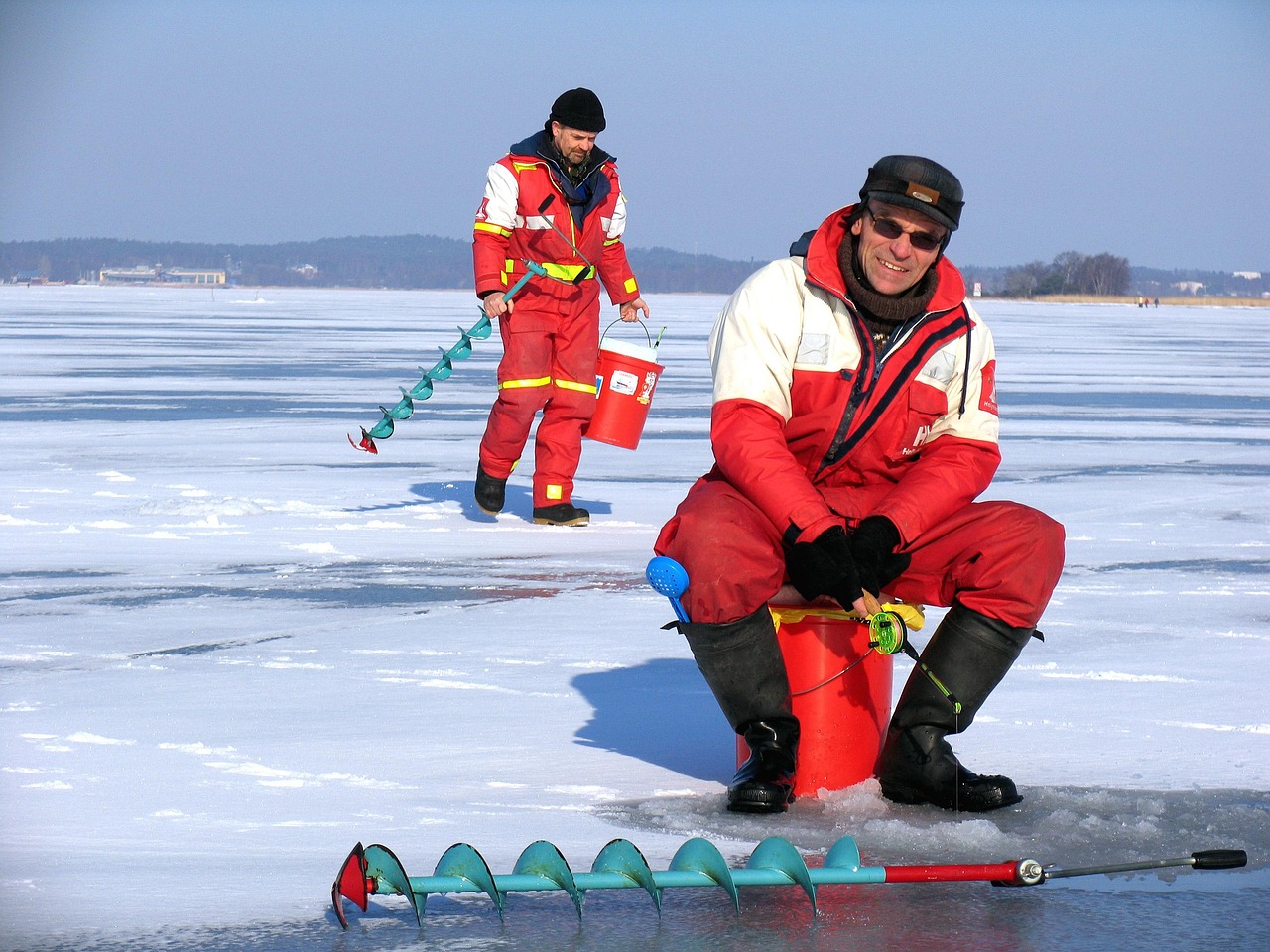
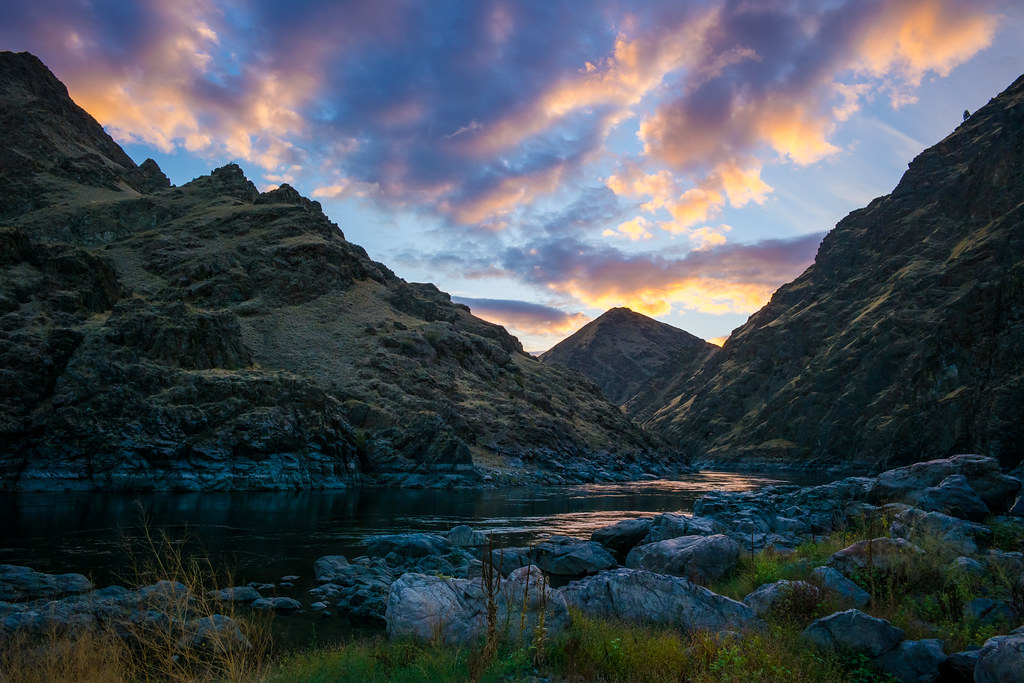

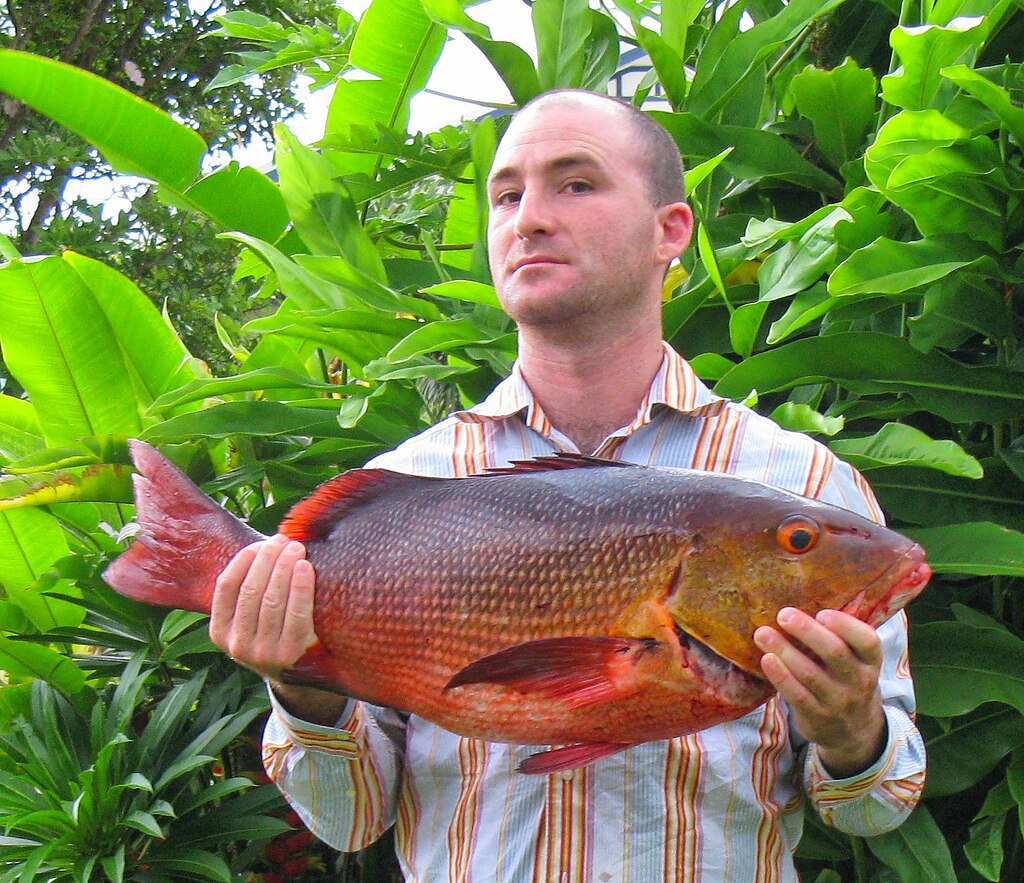










Post Comment